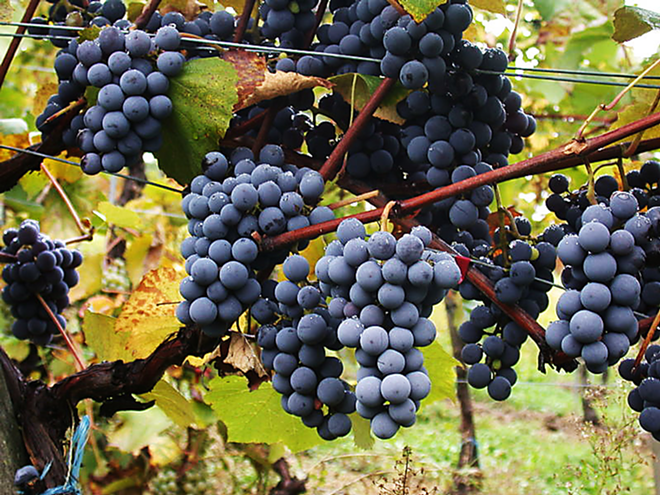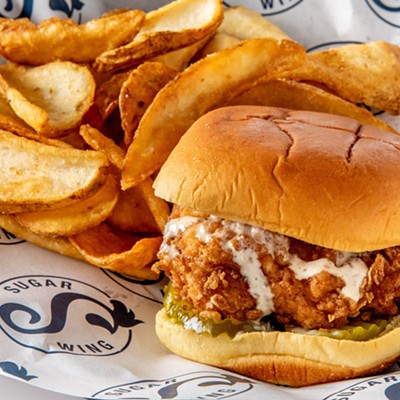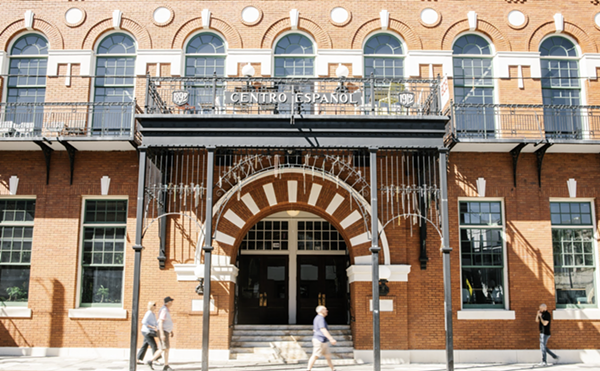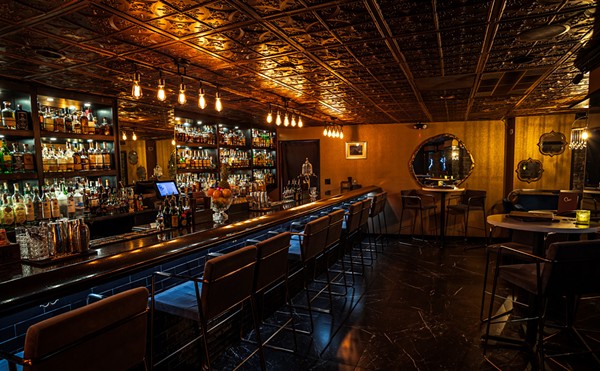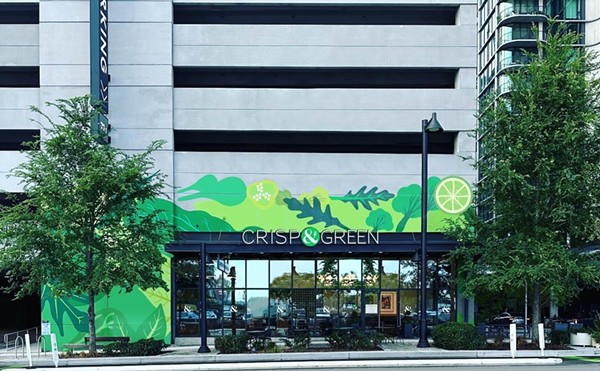Back in March and April this column discussed the big three grapes in both the red and white varietal categories — Cabernet Sauvignon, Merlot, and Pinot Noir, the great grapes with which most people are familiar. In October, I asked you to add six more whites to your repertoire. I hope you not only increased your knowledge, but that you also tasted some grapes that were new to your palate.
Now it’s time to add a few more reds for your consideration. As I established previously, if you didn’t already know it, the wine world is impossibly complex. Mastering it is akin to being a great sculptor standing before a slab of marble — you just keep chipping away. The more time you spend, the more fragments you break off. The piece takes shape; there are moments of clarity as you work toward your goal.
I’m mindful of how overwhelming the introduction of new grapes and tastes can be, so we’re going to start with just four grapes that you’ll primarily associate with France. Next month I’ll add the final five red grapes that I feel are essential knowledge.
So what are theses French red grapes called? Remember that Old World European wines are labeled by region rather than grape. Just north of Lyon, where the Saône River joins the Rhone, is Beaujolais. The grape from this appellation is Gamay.
So, Beaujolais = Gamay. But it’s important to realize that Beaujolais Nouveau is just two months old when it’s released with much fanfare every November. It’s a very different animal than Beaujolais Village or the Cru versions representing 10 specific vineyard areas in the southernmost wine region in the Burgundy area.
There’s twice as much Gamay produced in Beaujolais as there is Pinot Noir in the Côte d’Or. It’s a much easier grape to grow, so there’s lots of this dry, light-bodied wine with juicy, grapey fruit and a silky, succulent texture. It’s a great summer wine because a slight chill brings out the fruit and lively acidity. The higher-quality Crus, though, are best slightly warmer.
Grenache (France) = Châteauneuf-du-Pape. Grown in France and also in Spain (as Garnacha), the grape is very fruity with blackberry sweetness and an intense spiciness. It’s the main grape in the southern Rhône valley Châteauneuf-du-Pape blend where Syrah (see below) and 11 other lesser-known grape varietals are allowed. Châteauneuf-du-Pape is a full-bodied wine. Because of its dense, earthy richness, it’s a great match for roasted game birds and braised lamb or rabbit. Grenache also often shows up as light blush wine, rosé or rosado (Spain). And it’s often an important part of the delicious wines from Rioja or Ribera del Duero, Spain. More on northern Spain next month.
Rhône or Australia = Syrah/Shiraz. Yes, these are two different names for the same big, bold grape. The major differences relate to Old World vs. New World styles (see CL May 30). These wines are great with grilled meats, especially if there’s a sauce involved — think barbecued spareribs or Peking duck with hoisin.
Some of the Australian wines can knock you over with their jamminess.
Cabernet Franc is largely a fragrant, medium-bodied red wine from Bordeaux used for blending or also in the Loire Valley “Chinon” appellation. It’s lighter and softer, but more aromatic than its Big Three relative, Cabernet Sauvignon.
Surprisingly, both Virginia and the North Fork of Long Island (NOFO) are producing mouthwatering bottlings of 100% Cab Franc in a distinctly old world style. So be on the lookout.
As before, I urge you to expand your palate and taste varietals with which you are unfamiliar. Grab a group of friends and assign each a bottle at a similar price point. The more you taste, the more you know. The more you know, the greater the joy. And joy is what wine is all about.

